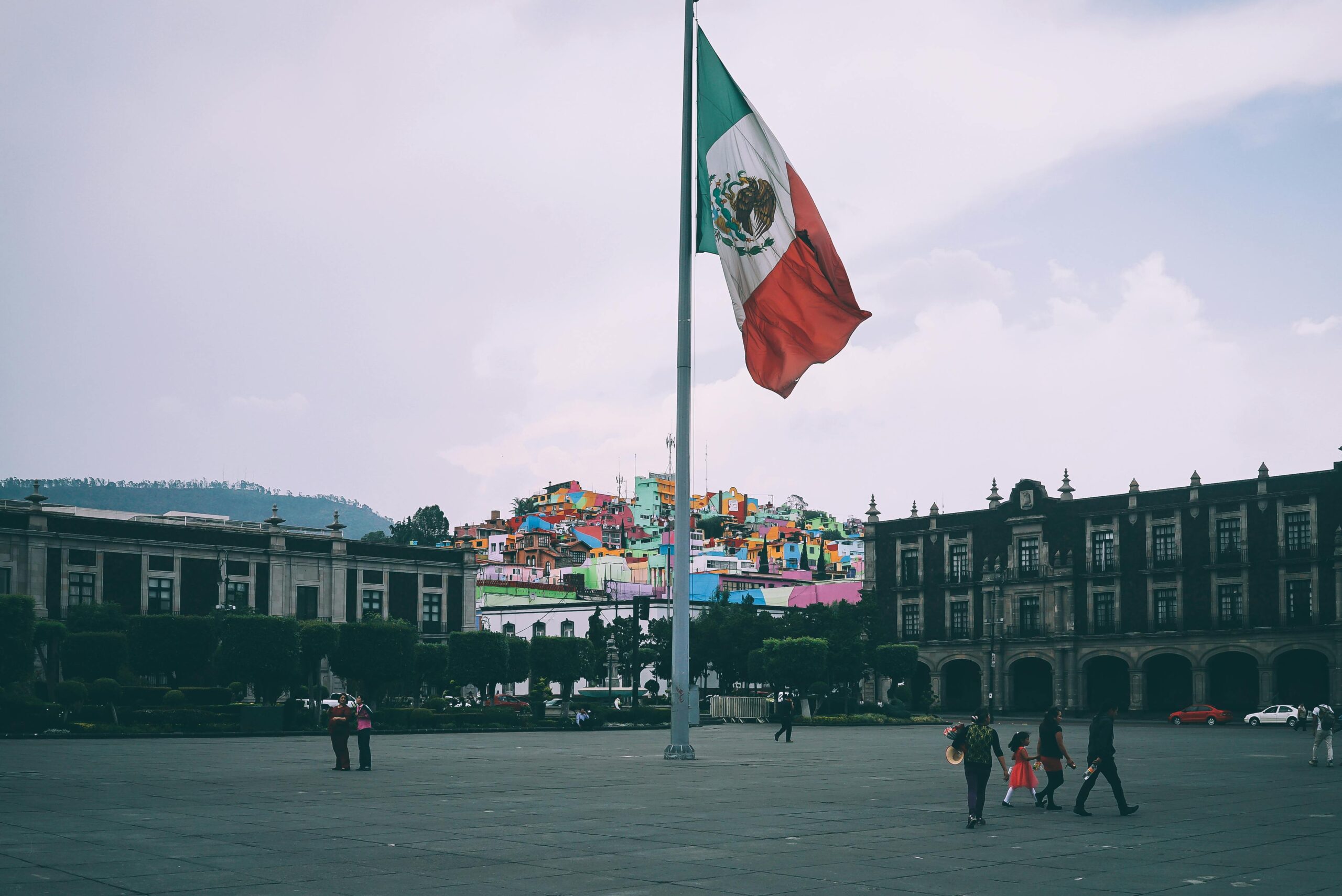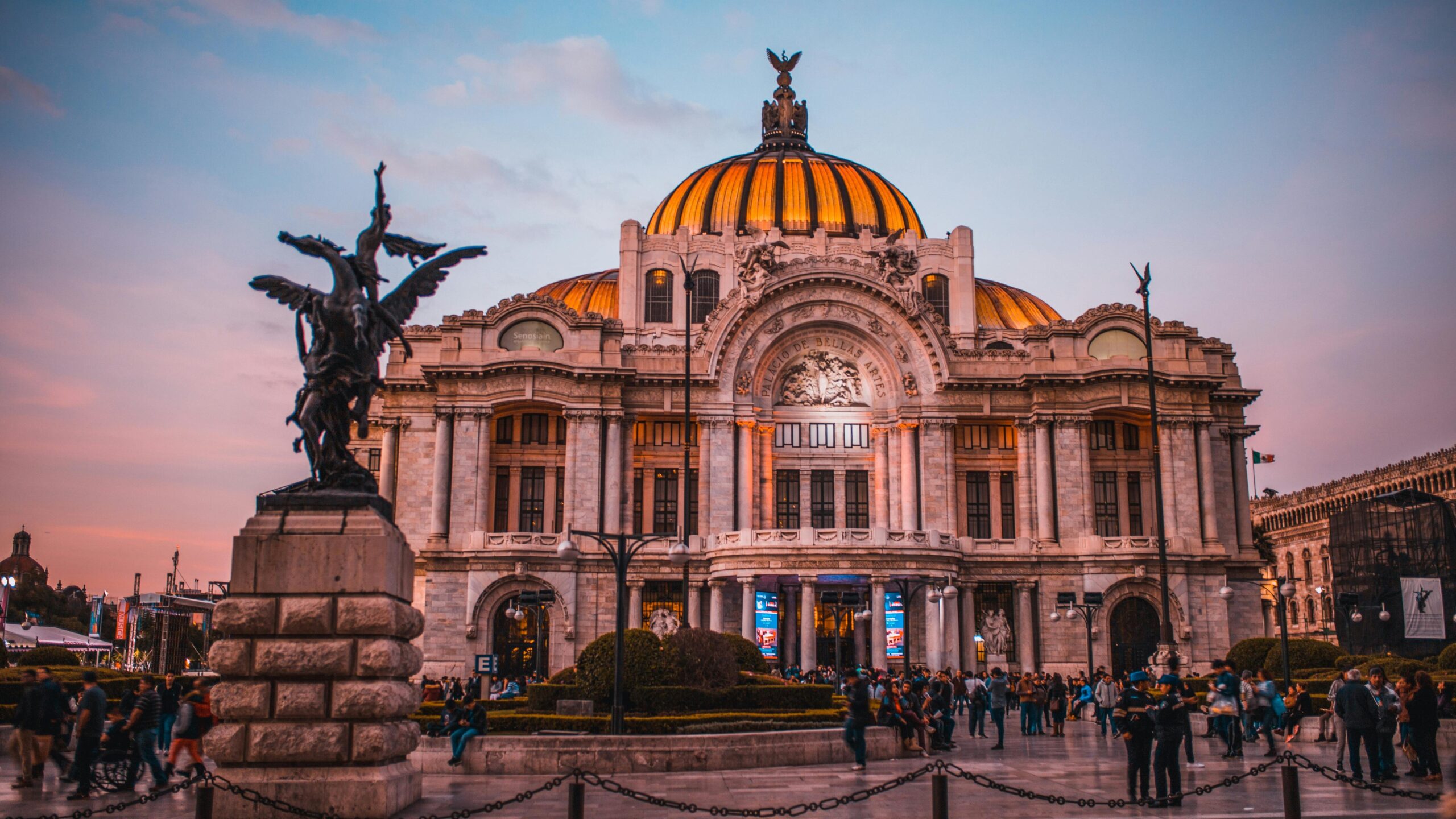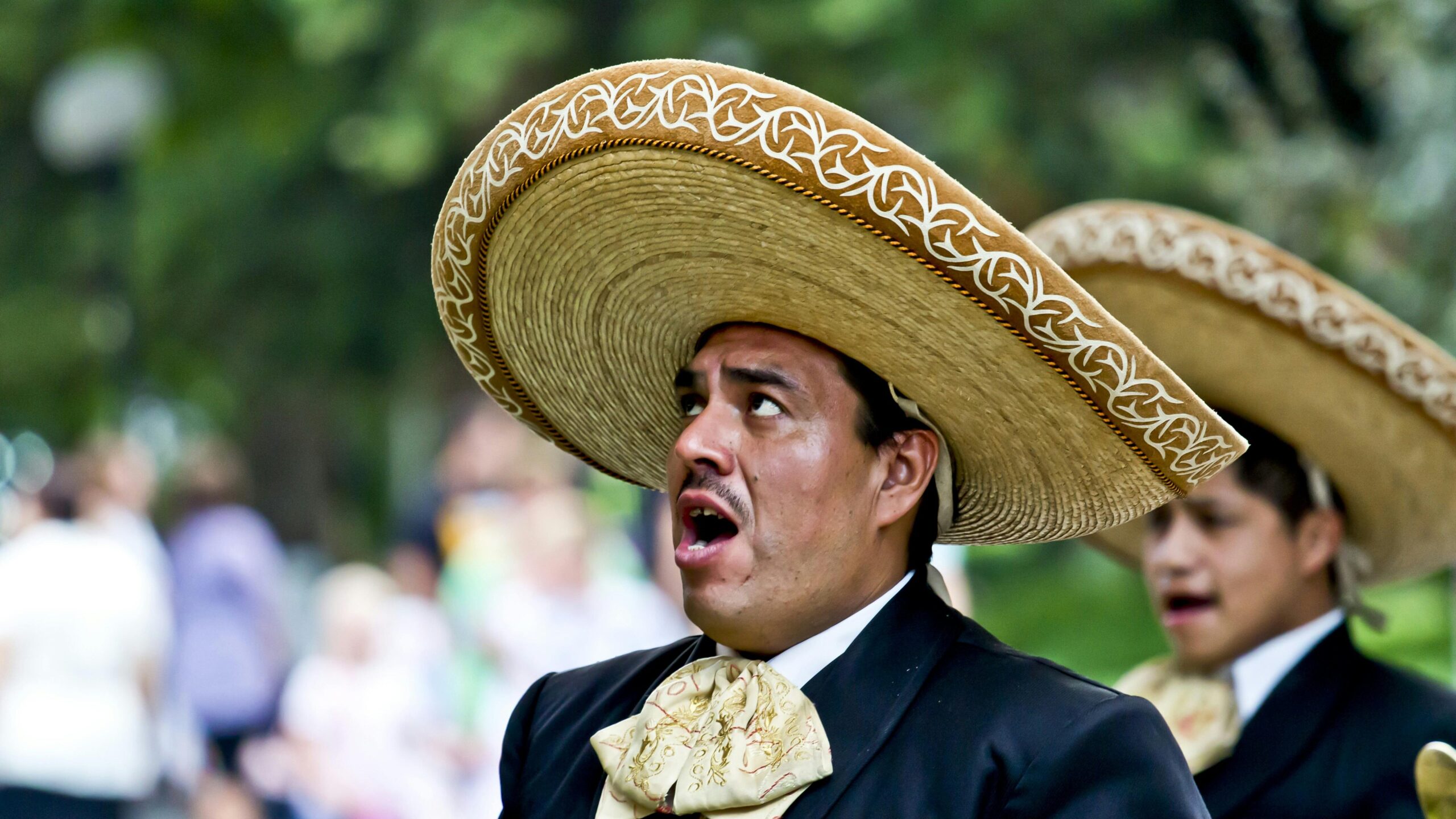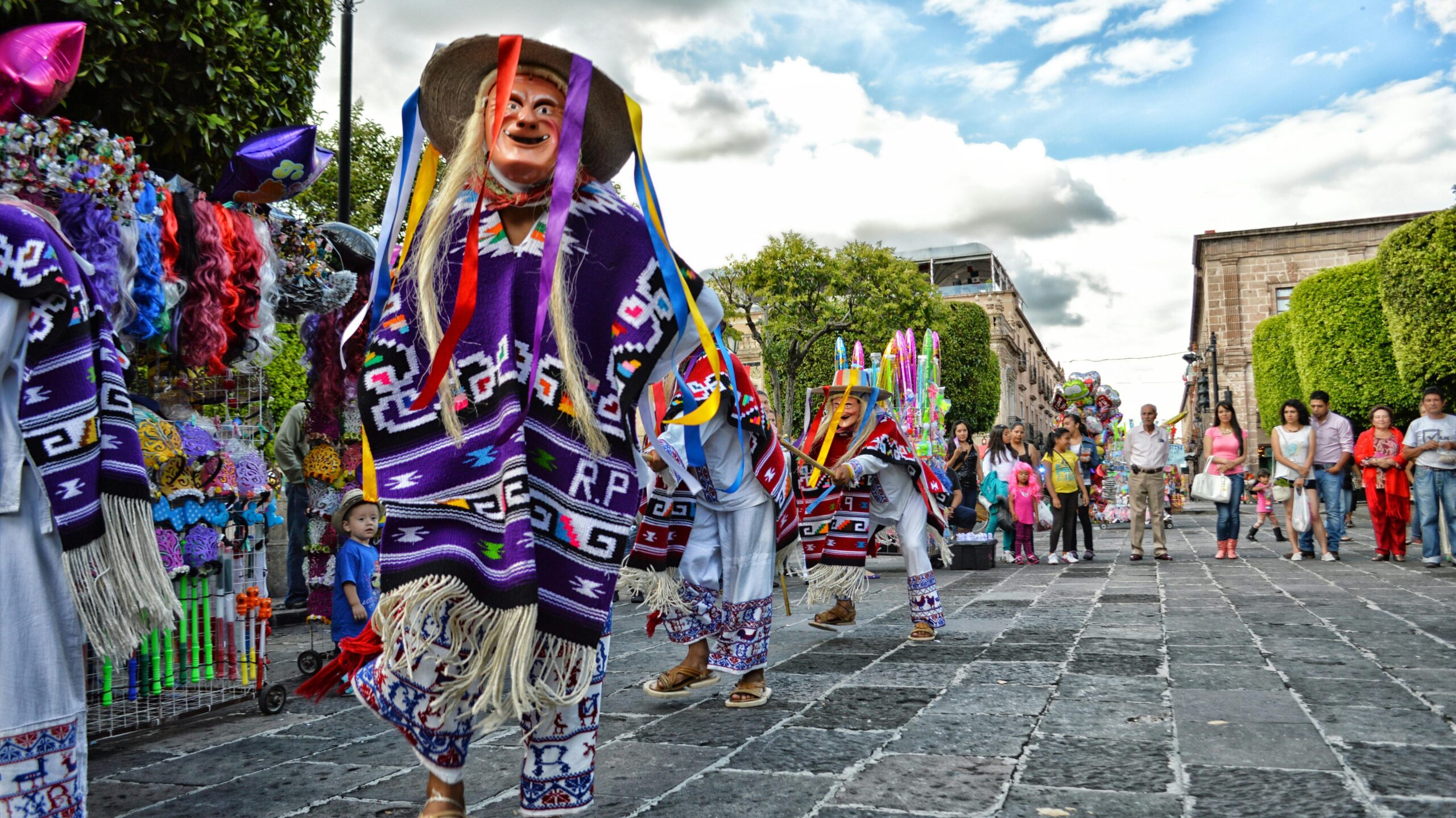Crafting the Ultimate Thanksgiving Cake Experience


Mexico is a country full of surprises, history, flavor, and celebration. From ancient pyramids and colorful festivals to mouthwatering tacos and tropical coastlines, there’s always something fascinating to learn about this diverse and vibrant nation. It’s a place where modern life blends with rich Indigenous roots and where every region brings its own traditions, cuisine, and natural wonders.
In this article, you’ll discover 60 fun facts about Mexico across categories like geography, history, culture, food, wildlife, and more. Whether you’re a traveler, a student, or just curious, these facts are sure to entertain and educate.
It covers nearly 2 million square kilometers—larger than any country in Central America and bigger than all of Western Europe.
Mexico borders the United States to the north and Guatemala and Belize to the south.
Built on a lakebed, the capital sinks up to 12 inches a year in some areas.
From ancient ruins to colonial towns and natural reserves, Mexico ranks among the top countries for cultural treasures.
Cuexcomate, in Puebla, is only 43 feet tall and has stairs inside it.
The country’s terrain is as diverse as its culture—offering everything from cacti-filled deserts to tropical rainforests.
In the Yucatán Peninsula, the Cenote Angelita hides a surreal, floating underwater “river” formed by layers of salt and fresh water.
It borders both the Pacific Ocean and the Gulf of Mexico, making it a beach lover’s paradise.
Even larger than Egypt’s Great Pyramid of Giza, it’s mostly hidden beneath a hill.
This dramatic, snow-capped volcano is located just outside of Mexico City.

The Olmecs, Maya, Zapotecs, and Aztecs all thrived here long before Europeans arrived.
Originally called Tenochtitlán, it was built on a lake and had canals like Venice.
They tracked time with incredible accuracy and predicted solar eclipses.
This ancient city near Mexico City is home to massive pyramids built long before the Aztecs arrived.
Hernán Cortés led the expedition that resulted in the fall of the Aztec Empire.
After more than 300 years of colonial rule, the war for independence lasted over a decade.
It marks the 1862 Battle of Puebla, where Mexican forces defeated the French.
It was a major social and political movement that shaped modern Mexico.
According to myth, the Aztecs were told to build their city where they saw an eagle eating a snake on a cactus.
The famous muralist captured centuries of struggle and triumph on massive public walls.

Spanish is the most widely spoken, but dozens of Indigenous languages are still in use.
Día de los Muertos honors loved ones who have passed with altars, marigolds, and sugar skulls.
These lively bands with violins, trumpets, and guitars are a symbol of Mexican identity.
Though it has global popularity, the festive, candy-filled piñata started in Mexico as a religious tradition.
She’s a central figure in Mexican Catholicism and national identity.
Murals often depict social justice, politics, and everyday life, especially during the post-revolutionary period.
Masked wrestlers, known as luchadores, perform acrobatic moves and play dramatic roles in the ring.
This coming-of-age event is a big cultural milestone in many Mexican families.
Dances like Jarabe Tapatío (the “Mexican Hat Dance”) showcase cultural pride and regional styles.
Often mistaken as a calendar, it’s actually a ceremonial disk representing the cosmos.
From street stalls to gourmet restaurants, tacos are a staple of everyday life.
The Mayans and Aztecs drank chocolate as a bitter, spiced beverage long before it became sweet.
It’s central to Mexican cuisine and mythology, with hundreds of regional varieties.
The most famous version, mole poblano, includes chocolate, chili, nuts, and spices.
Only produced in specific regions, tequila is a proud Mexican spirit with strict standards.
This smoky cousin of tequila is made from different types of agave and has grown in popularity worldwide.
Mexico is home to more chili varieties than any other country, from mild poblanos to fiery habaneros.
These steamed corn dough packages date back to pre-Columbian times and come with endless fillings.
From tacos al pastor to elotes (grilled corn), street vendors serve up delicious flavors with local flair.
The name comes from the Nahuatl word “āhuacamolli,” meaning avocado sauce.

Her self-portraits and surrealist paintings explore pain, culture, and womanhood.
Mines in Zacatecas and Chihuahua have been active for centuries.
Over 80% of Mexicans identify as Catholic, influencing holidays and traditions.
These dramatic soap operas are famous for their intense plot twists and characters.
The Guadalajara International Film Festival showcases regional and international cinema.
The front shows the national coat of arms; the reverse is a mirrored image.
It’s the most populous Spanish-speaking country in the world.
It was once tied to silver and is now a floating currency.
The Mexican national team is one of the strongest in the Americas, with a passionate fan base.
The Summer Olympics were held in Mexico City in 1968 and the FIFA World Cup in 1970 and 1986.
Millions of butterflies travel thousands of miles from Canada to Michoacán.
These freshwater pools were sacred to the Maya and are popular for swimming and diving.
The gentle giants gather seasonally near Isla Holbox and Baja California.
It plays an important role in Indigenous mythology and conservation efforts.
The blue-green spiky plants cover vast regions in Jalisco and are used for tequila and mezcal.
It ranks among the top five countries in the world for species variety in plants, reptiles, mammals, and amphibians.
Located in northern Mexico, it’s a network of six canyons with stunning views and Indigenous culture.
Colorful species like the resplendent quetzal and toucan can be spotted in forests and jungles.
These tiny, shy creatures live only near volcanoes in central Mexico.
Known for its regenerative abilities and “smiling” face, it’s native to lakes near Mexico City.
As you’ve seen, Mexico is far more than beaches and burritos. It’s a nation filled with ancient civilizations, natural marvels, creative brilliance, and deep cultural pride. From the origins of chocolate to world-famous art, from volcano rabbits to mariachi music, every fact adds a new layer to Mexico’s rich identity.
Whether you’re planning a visit, brushing up on geography, or celebrating your heritage, exploring Mexico’s many wonders is a journey worth taking. Keep learning, keep exploring, and let the magic of Mexico inspire your curiosity.